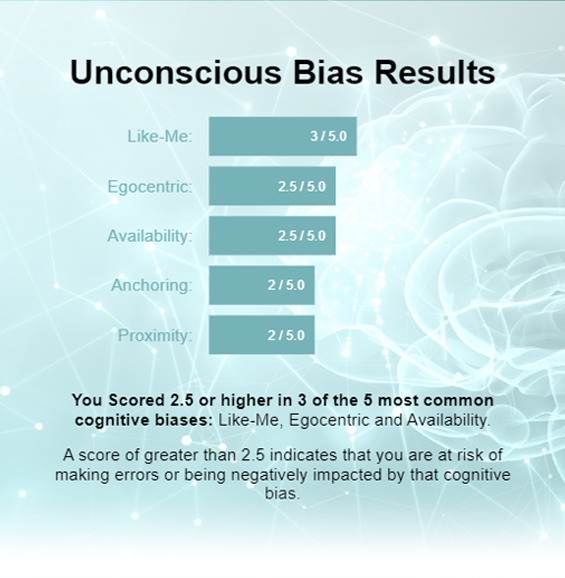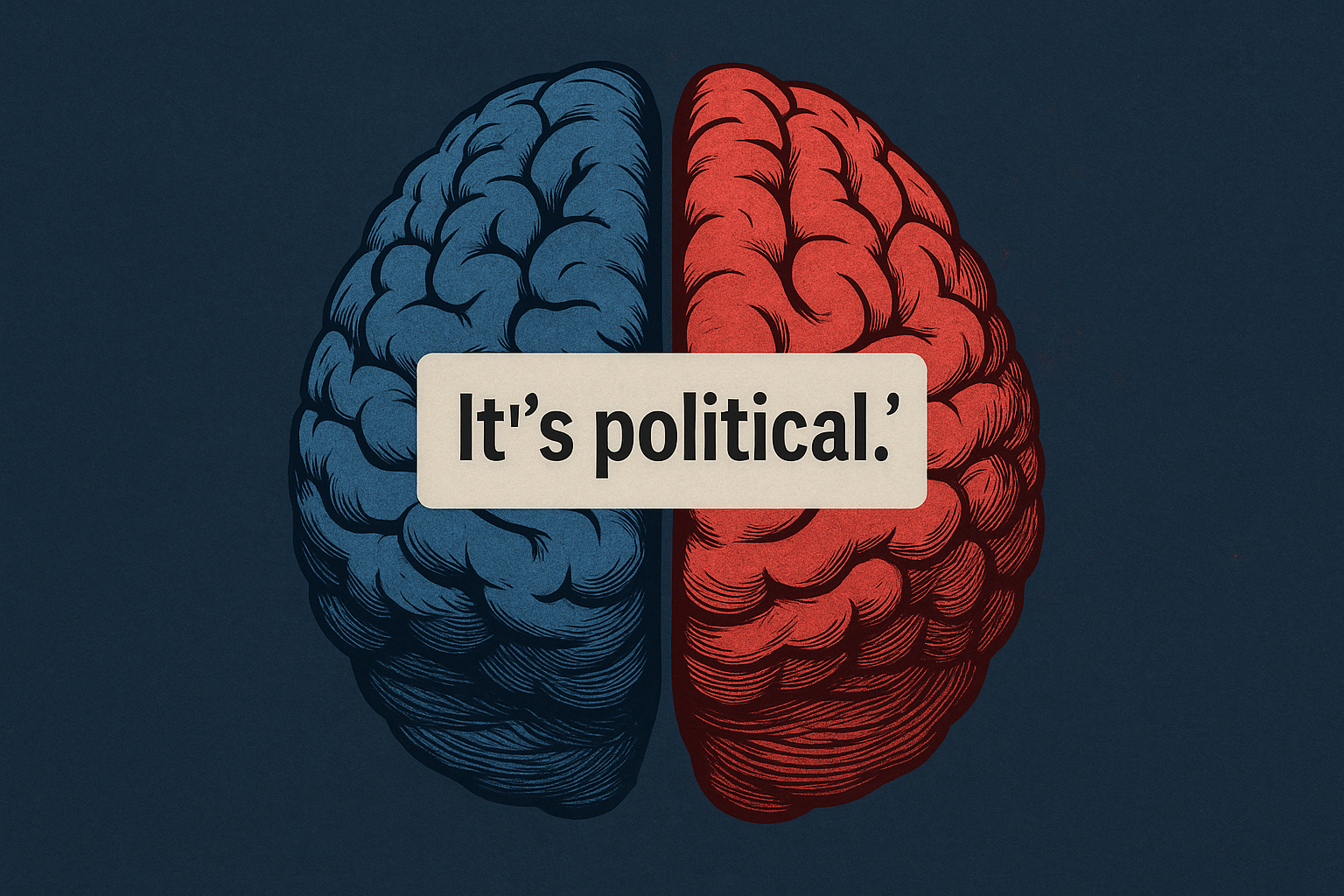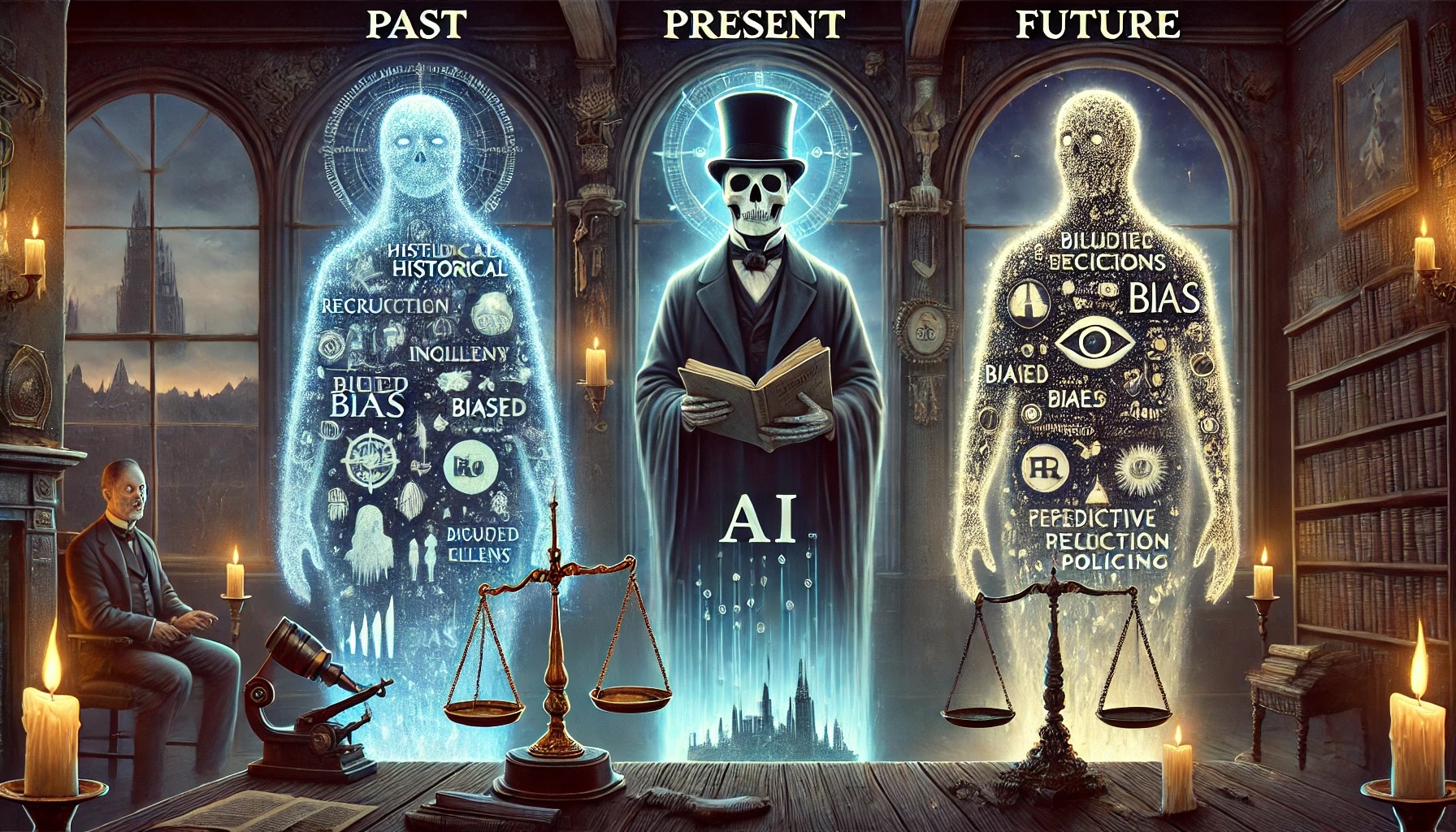Egocentric Bias is the belief that “my view is clear and true”. And from our brain’s perspective, that makes sense. If I understand it, then it must be understandable to everyone. This bias is most prevalent with doctors, lawyers, executives or anyone that’s demonstrated a high degree of success in a specific discipline.
While this can serve to allow you to explain ideas, concepts or information with confidence, the blindspot resides in those interactions fall into the realm of overvaluing your own experience and assuming others will learn/work/communicate as you do. This can create confusion and lack of clarity, resulting in poor decision-making. This bias appears in the workplace in many ways–maybe some of these feel familiar.
- Being in a meeting where there are unclear acronyms or references to past decisions that not everyone in the room would understand.
- Referring to information that is common in your own work environment, but isn’t clear to everyone (like design specs, financial information, or anything that you regularly deal with and know well, but is not part of everyone’s experience).
- The moment in a meeting when someone is talking about something that clearly you are expected to understand, but in fact, you have never had any previous conversations about it.
In any of these situations, the immediate impact is that the person who doesn’t understand feels some version of left out, confused or stupid. Possibly they might feel empowered enough to ask a question, but the reality is that they also might not ask. That missing information will probably stay missing, while the speaker thinks they are perfectly understood and moves on. Decisions get made with this misunderstanding in place. We have all been in these situations. Perhaps we’ve even been on both sides of this equation–the person assuming everyone understands and the person who doesn’t understand.
Egocentric Bias is hard to spot in oneself because our brain looks for ease. Assuming people understand is easier than to check for understanding multiple times and in multiple ways throughout the process. As a manager, leader or communicator, it is important to check for understanding frequently. As a starting place, notice when you might be prone to Egocentric Bias. Ask yourself,
- “Do I have expertise, information or experience in this area that others in the room do not?”
- “Do I have more familiarity with this than others do?”
- “Do I spend more of my day thinking about or working with this than others do?”
- “Have I ignored how my message will be received by this audience?”
If the answer to any of these is yes, Egocentric Bias could easily take place. Knowing that, examine how you are communicating and what materials or information you are using. If there is key context, vocabulary or information to understand, perhaps send it out ahead of time. Giving people time to get familiar and get up to speed will help you have the best conversation or decision.
Then ask yourself, “what would I say or do if I knew that someone in the room has no idea what I’m talking about?” and prepare what you say for that person. Anyone who is in the room has a valuable perspective and not hearing it because of jargon or some other barrier to entry is a loss for everyone.
Another mitigation strategy is to surround yourself with people who challenge your belief or your strategy. They don’t have to be hostile to your strategy, but someone who will question you is helpful. Having to explain yourself and your thinking will help you to get clear on what you truly believe and also to unearth assumptions you have been making.
Egocentric Bias can be challenging to mitigate, particularly if you work in a silo-ed business environment where everyone becomes experts in their own sphere of influence. However, keeping a learner’s mind or finding a learner’s perspective to question you can mitigate this bias until you become better and better at recognizing it within yourself.

If you have a brain, you have bias!
This 20-question test provides actionable insights. Select the response that closely matches your current state of mind. The design is intended to introduce you to the five most common cognitive biases: Like-me, Egocentric, Availability, Anchoring & Proximity. Results may vary. No data is shared with anyone.

Percipio Company is led by Matthew Cahill. His deep expertise in cognitive, social, and workplace biases is rooted in the belief that if you have a brain, you have bias®. He works with executives to reduce mental mistakes, strengthen workplace relationships & disrupt existing bias within current HR processes, meeting protocols and corporate policies. Matthew has demonstrated success with large clients like LinkedIn, Salesforce and dozens of small to mid-size companies looking to create more inclusive workplaces, work smarter, generate more revenue and move from bias to belonging®.






